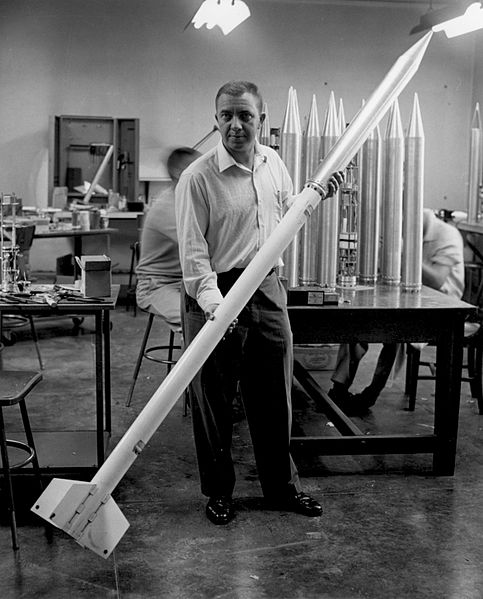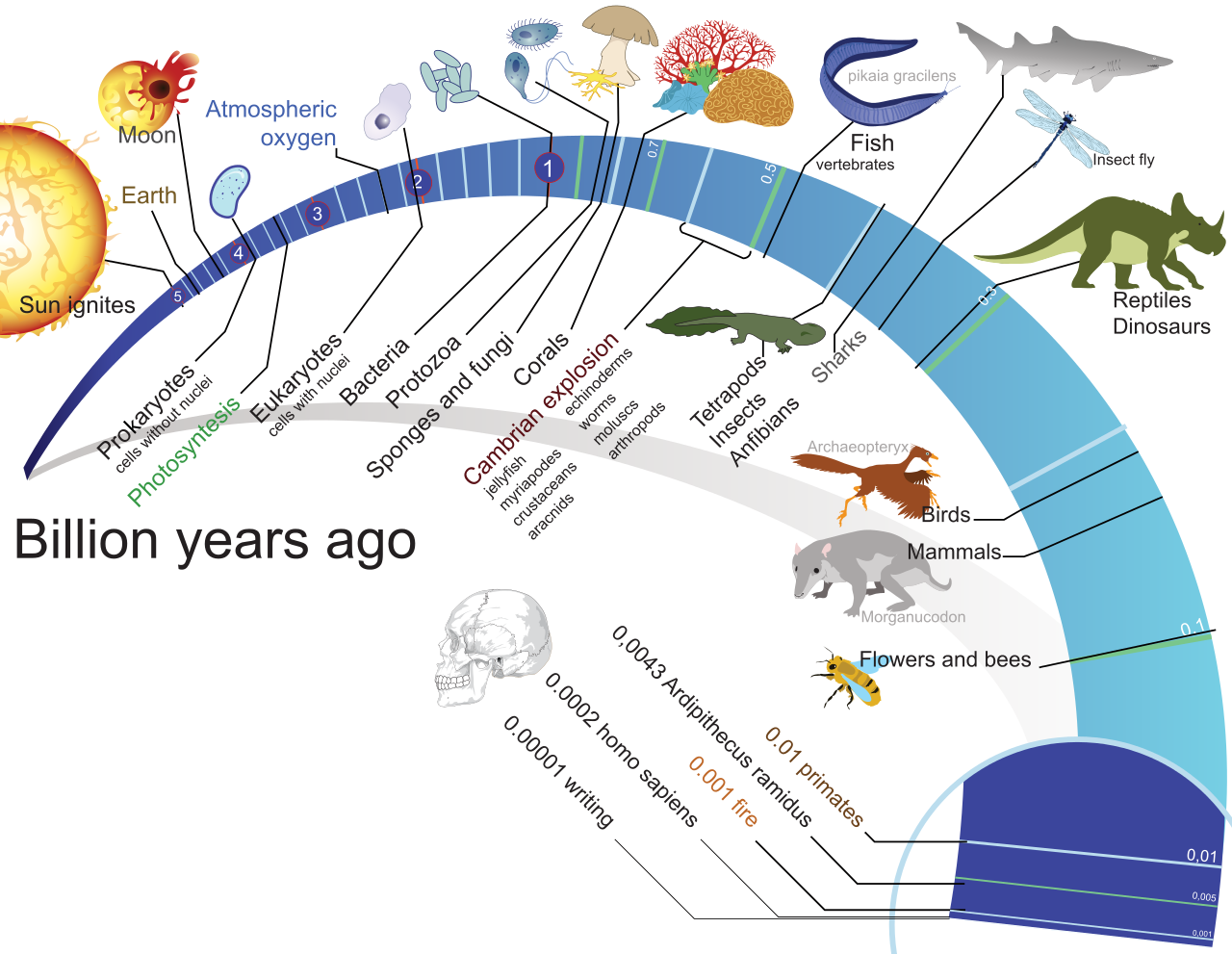Teresa Anderson

Credit: Jodrell Bank Discovery Centre,
The University of Manchester
Occupation: Director of Jodrell Bank Discovery Centre
Year born: 1962
Research Areas: Electrical Engineering, Renewable Energy, Public Engagement

Occupation: Director of Jodrell Bank Discovery Centre
Year born: 1962
Research Areas: Electrical Engineering, Renewable Energy, Public Engagement

Occupation: Space Scientist
Year born: 1914
Wedi’i anelu at ddisgyblion 7-11 oed, mae’r gweithgaredd hwn yn rhoi cyfle ymarferol i'r disgyblion i ddysgu am y dydd a’r nos. Gan ddefnyddio pêl o play-doh a thortsh, bydd y disgyblion yn darganfod sut mae cylchdro'r Ddaear yn achosi’r dydd a’r nos.

Life on Earth has taken billions of years to evolve. Life is characterised as anything which has the following traits:

The Moon is the Earth's only natural satellite. We know it as 'the Moon' but scientists sometimes call it Luna. The word 'lunar' means 'relating to the Moon'.

